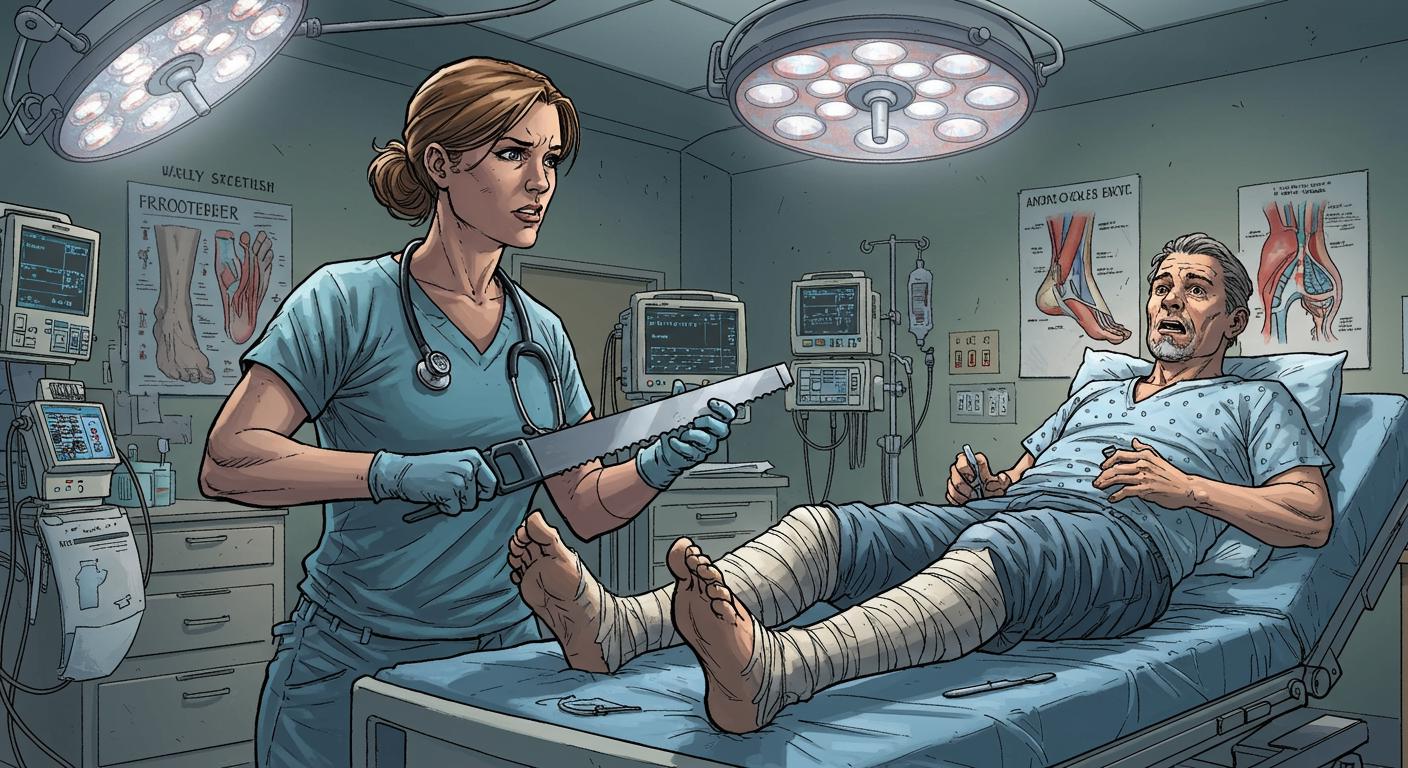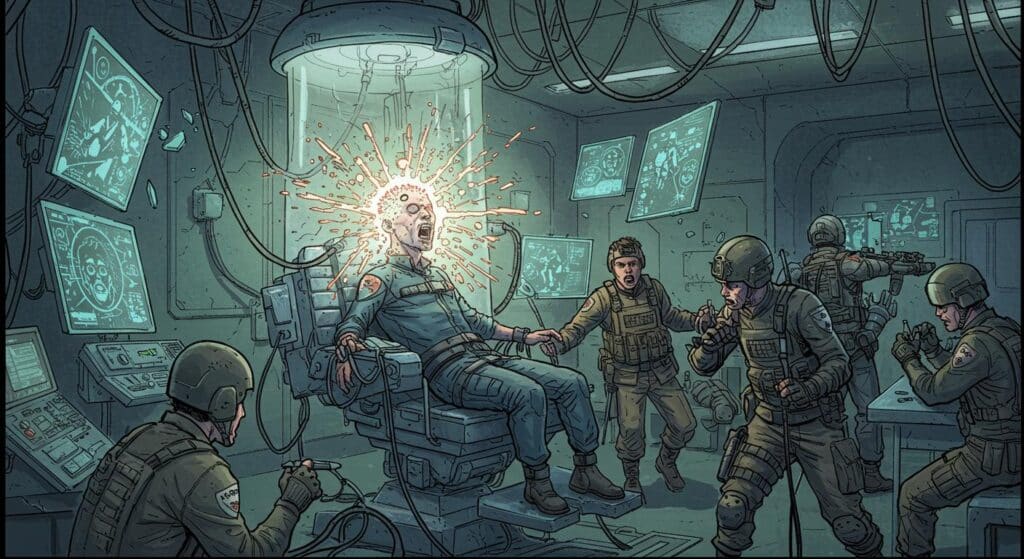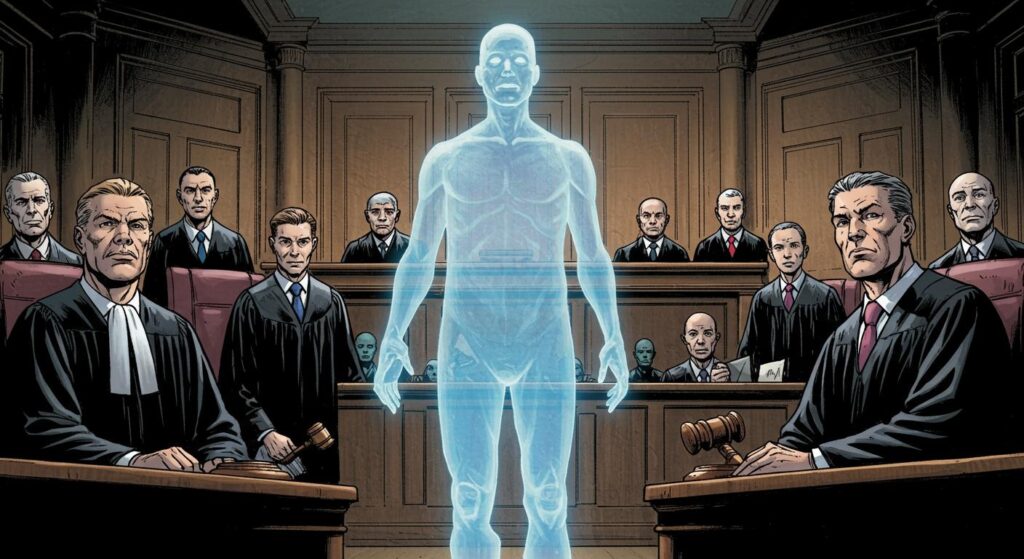In the catalog of truly bizarre news stories, Wisconsin’s recent nursing home saga sidesteps into the archive of the unforgettable. In a sequence of events laid out by Local Stories, Mary K. Brown, a nurse at Spring Valley Senior Living, removed a patient’s frostbitten foot—without asking anyone, least of all the patient. The amputation itself would be headline material, but the real flourish? Brown, reportedly from a family with a taxidermy background, intended to preserve the foot as a cautionary display, complete with a sign: “Wear your boots, kids.” There’s going out on a limb, and then there’s this.
Taxidermy Treasures and Frostbitten Missteps
The patient, Doug McFarland, suffered from necrosis in both feet due to severe frostbite. Court documents, together with police findings, detail that Brown used bandage scissors to snip off McFarland’s left foot, which at that point was attached by little more than skin and two tendons. Believing—at least in her own telling—that she was improving his quality of life, she proceeded despite explicit instructions from an administrator not to intervene, bypassing the consent of McFarland, his doctor, and even the facility itself.
What propels this narrative from grim to the surreal was Brown’s reported plan to preserve the severed foot as a taxidermy artifact, an intent confirmed by a coworker and flagged as particularly alarming during the subsequent investigation. All of this unfolded in one workday: witnesses saw both feet in the morning; by nightfall, one was gone and the explanations had only just begun.
The facility’s administrator admitted that, under different circumstances, a physician might have approved a surgical amputation due to the severity of the condition. Nevertheless, Brown’s solo decision, taken in defiance of protocol, left her former colleagues and investigators alike wrestling with the ethical and professional breaches, and perhaps quietly wondering what other folk wisdom is lurking in the break room.
A Verdict That Limps
Initially, Brown was charged with an assortment of felonies—physical abuse of an elderly person, mayhem, and negligent abuse of a patient. Following a no-contest plea to a reduced misdemeanor, however, consequences were limited to a modest court fee ($443) and possible actions from the Wisconsin Board of Nursing, with no jail time. Local Stories summarizes public reaction as a mix of incredulity and outrage, especially in light of McFarland’s death a few days after the amateur surgery. Social media posts cited in the report capture the disbelief: how could a nurse cut off someone’s foot without permission and receive what amounts to a legal warning?
The case, predictably, has revived perennial anxieties about oversight—or the lack thereof—in rural nursing homes. In places where resources are stretched and checks are infrequent, incidents that sound like urban legends can apparently become reality. Perhaps the most chilling detail is how easily good—or misguided—intent and hobbyist ambition can cross wires in the absence of oversight.
Lessons from the Margin
Beneath the footnotes and the puns, there’s a serious subtext. As Local Stories observes, incidents like this underline the vulnerabilities of elderly and disabled people in care settings, especially where infrastructure and staffing are less robust. Brown’s actions, which she tried to justify under the banner of “comfort and dignity,” illustrate the real danger of blurring personal judgment with medical necessity—especially when professional boundaries are as fragile as a frostbitten tendon.
The administrator’s comment that a doctor might have approved the amputation (just not like this) highlights just how gray the area between necessity and violation can become. Yet, there’s a world of difference between professional medical intervention and taking a skin-and-tendon souvenir for the trophy case. The “foot as artifact” idea is likely to haunt training manuals and nursing board discussions for some time.
Some Stories Never Die, They’re Just Preserved
While the Wisconsin Board of Nursing mulls over Brown’s fate, one wonders if the most lasting consequence will be policy changes designed to keep quirks—or outright lapses—like this from recurring. The case stands as a reminder that “good intentions” are no substitute for consent, context, and common sense, particularly in spaces where trust should be sacrosanct.
Every so often, a weird detail becomes the face of a very real and painful problem. McFarland’s family—left with a loss, a bewildering explanation, and a lingering sense of violation—have every reason to expect more than a slap on the wrist. And for the rest of us, what better illustration of unexpected hazards than a tale where the warning sign was almost literal?
Is it possible to design regulations robust enough to account for both incompetence and eccentric inspiration? Or will the next strange footnote come from somewhere just as unlikely, toeing another ethical line most never dreamed could be crossed?







